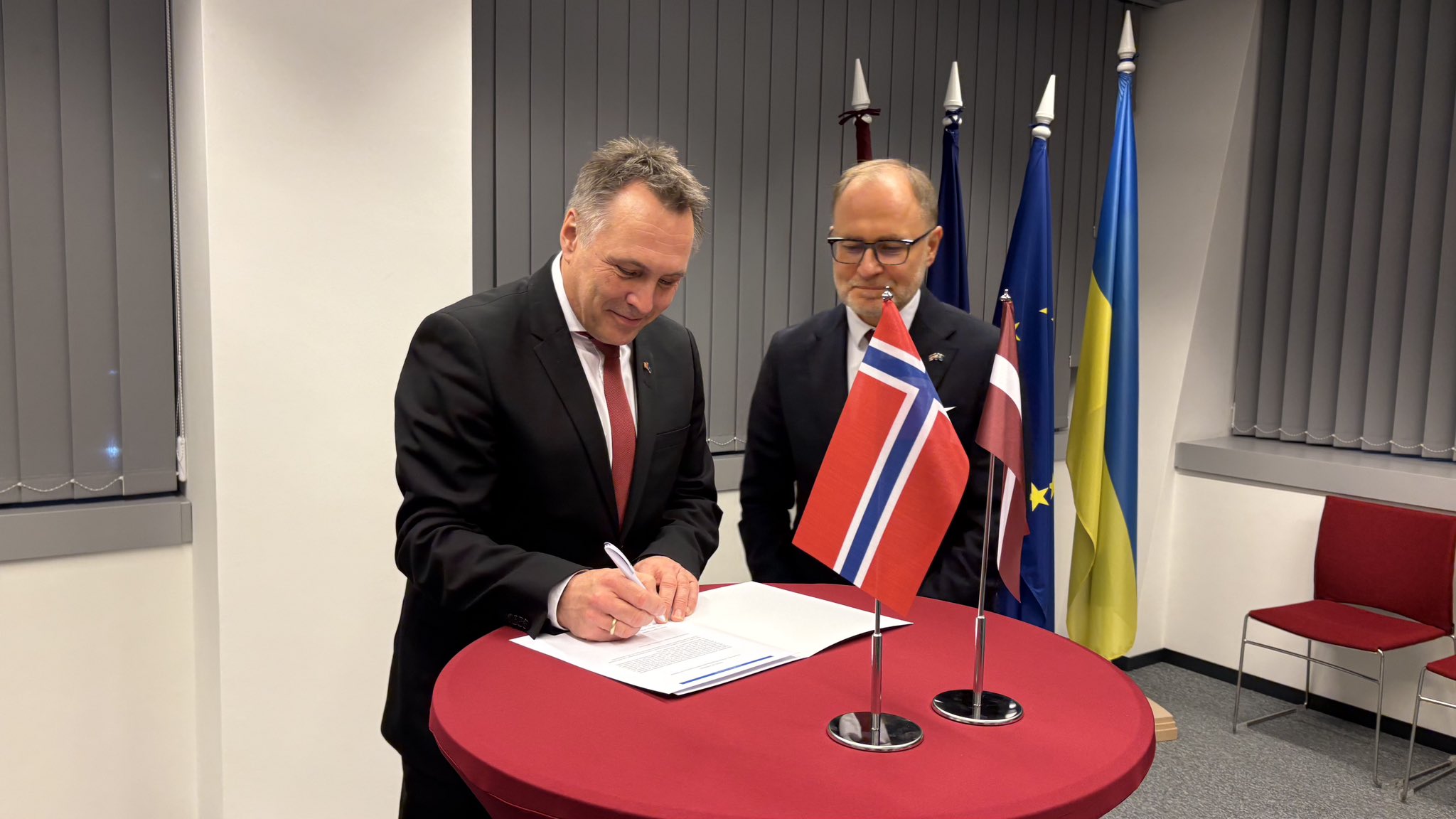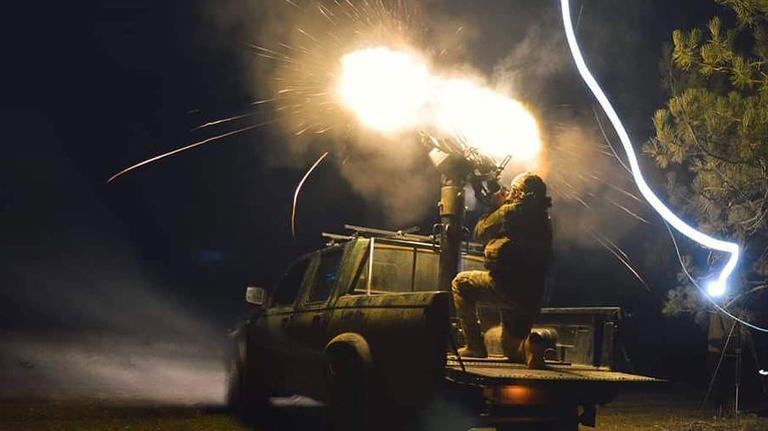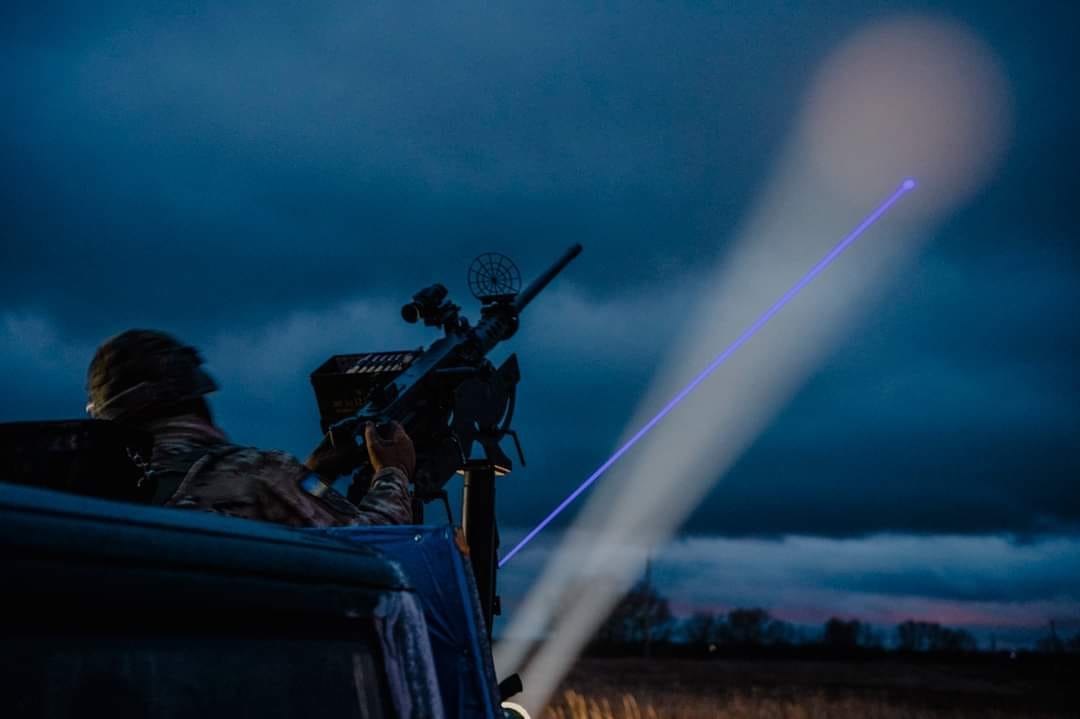Main image: Inspector General of the German Armed Forces (Bundeswehr) General Carsten Breuer gives a press conference on the Bundeswehr exercise series "Quadriga 2025" under the leadership of the Navy. Kay Nietfeld/dpa
The military maneuvers Quadriga 2025 — Northern Coast in the Baltic Sea, whose active phase began on September 1, are intended to demonstrate NATO allies’ readiness to defend the Baltic region against hostile actions, including hybrid threats. This was stated by Inspector General of the Bundeswehr, General Carsten Breuer, at a briefing in Berlin on September 1.
“The threat remains unchanged — both hybrid and conventional. Putin is watching us. His plans extend beyond Ukraine. As armed forces, we must be prepared… Deterrence remains the best approach. This is why we are demonstrating our combat capability,” the German general said.
He added that on NATO’s eastern flank, Russian aggression continues, with ongoing war against Ukraine, territorial claims, and attempts by Putin to divide Western societies, split NATO, divide Europe, and, above all, push the U.S. out of the European continent.
Breuer noted that Quadriga 2025 — Northern Coast in the Baltic Sea, whose main phase started on September 1, has two primary objectives: to contribute to deterrence and enhance the Bundeswehr’s combat readiness. A new component this year is the demonstration of strength to increase deterrence capability. The exercises focus on defending the Baltic region in times of crisis and war, he emphasized.
More than 8,000 soldiers from 14 countries are participating in Quadriga 2025. The exercise involves 40 ships, 30 aircraft, and over 1,800 vehicles. Troop and equipment deployments are being practiced by sea, land, and air to Lithuania, with a full logistics network deployed on-site. Breuer stressed that successful military operations always rely on effective logistics.
Medical evacuation of casualties under difficult conditions is also being practiced.
For the first time, the operational command established in April this year will oversee the overall situational picture. Special attention is given to territorial defense forces, which, together with civilian structures, protect critical infrastructure such as ports, logistics hubs, and supply centers. Cooperation with industry is also being exercised. Intelligence and counter-drone operations are key at all stages of the exercise.
"The Bundeswehr must train, train, and train again. Every action must be coordinated — among soldiers and between the Bundeswehr and civilian structures. Interaction must be seamless. This is about the reliability of NATO’s logistics hub, since nearly all supply routes pass through Germany,” the general concluded.
German Navy Inspector Vice Admiral Christian Kaack clarified the participating countries: the Baltic states — Germany, Sweden, Finland, Denmark, Poland, Estonia, Latvia, Lithuania — as well as France, the United Kingdom, the U.S., Belgium, the Netherlands, and Canada. Over 40 allied ships and boats will operate in the Baltic Sea from now until September 12, supported by naval aviation and fleet protection forces, all coordinated from the new headquarters in Rostock — Commander Task Force Baltic.
Exercise participants will focus on mine clearance, protection of critical maritime infrastructure, and repelling attacks from air and sea.
Northern Coast exercises, established in 2007, are held annually, but this year they play a special role as part of Quadriga.
“Northern Coast is a clear signal from the German Navy to our allies: we are here, we are determined, we are united. And everyone knows that a potential adversary tests us daily, constantly increasing military presence and resorting to hybrid actions,” Kaack emphasized, noting sabotage attempts, espionage, threats to critical maritime infrastructure, and growing aggression at sea.
“We do not accept this and will not tolerate it,” the vice admiral affirmed.
He added that the current exercises in the Baltic Sea are only part of the mission, which also includes securing supply routes from the east coast of North America through the German hub to the Baltic, and countering potential threats from enemy nuclear submarines in the Arctic and North Atlantic.





















